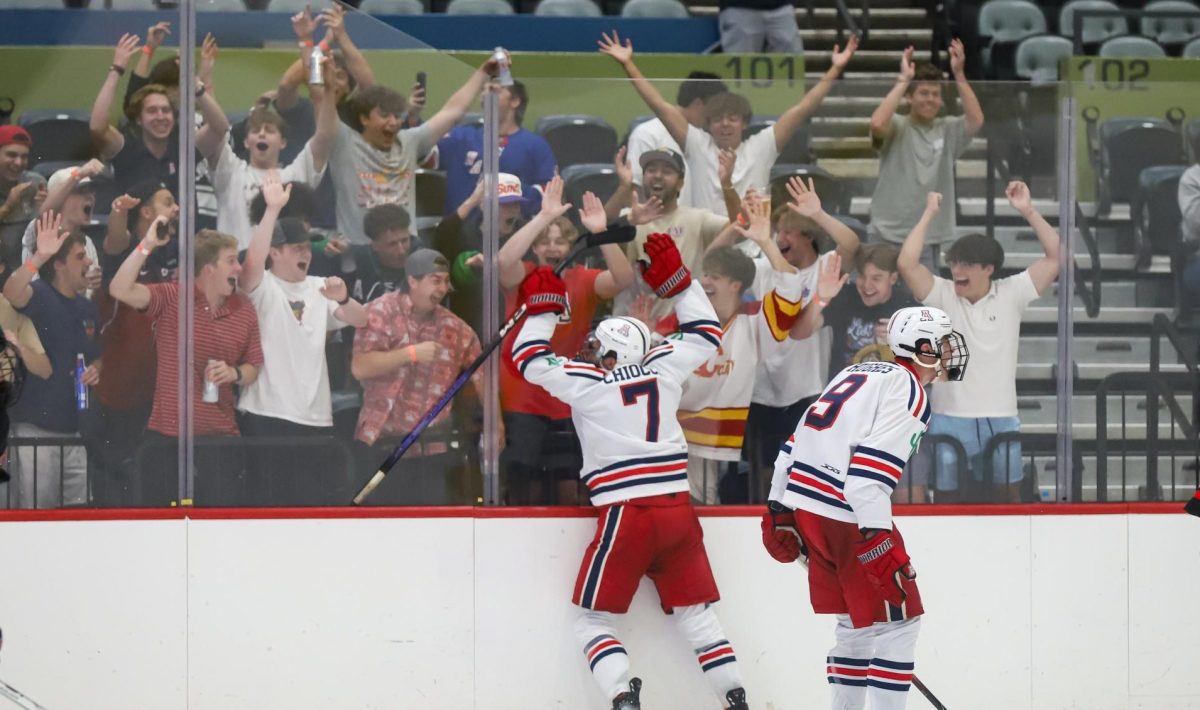Success is rarely measured by how a player maximizes his abilities.
In a game filled with systematic disadvantages due to physical size and talent, the athletically gifted get praised while the workhorses are overlooked.
All too often credit is unfairly dished out to a player blessed with a 6-foot-8, 240-pound frame, the ability to handle and pass like a point guard, sky like a two-guard yet dominate the post like a power forward.
Scouts, coaches and fans alike drool over that 6-foot-10 powerful big man or that 6-foot-6 shooting guard who can jump out of the gym, as talent and potential continue to rule the basketball circuit.
In the meantime, lost in translation are the players who may not have the biggest upside, but work tirelessly to make the best of their physical gifts.
Think about it, should LeBron James really be held to a higher standard than Steve Nash all because he was already a walking triple double when he popped out of the womb?
Nash turned a 6-foot-3, 190-pound frame and below-average quickness and speed into two MVPs through non-stop work and the perfection of his craft.
Nash has maximized the potential that’s limited by his size and quickness, while James has barely scratched the surface of his ceiling. Yet at the end of the day, it’s James who will be considered one of the greatest players of all time.
The barometer for success doesn’t take into account the advantages and disadvantages that come with each individual player.
Ideally, success should be defined by how well a player uses his given tools and canvas to create a masterpiece. Work ethic is the only quality a player can control, so it’s that player who out-produces his star ranking and physical limitations that should be praised.
This brings us to Kyle Fogg and Jesse Perry. No two players have used desire and work ethic to overcome their physical limitations more than Arizona’s senior leaders.
Fogg came to Tucson as an unheralded 3-star recruit with not many offers coming from elsewhere. During the initial transition out of the Lute Olson era, Fogg wasn’t expected to contribute right away or be anything but solid for four years at UA.
The Brea, Calif., native didn’t get the memo, as he ended up playing an integral role on Arizona’s Sweet 16 team as a freshman before snatching up the starting job his sophomore season and playing the role of defensive stalwart from there on out.
During the last four years, Fogg developed from what Miler called a “really bad” defender to someone who can lock down point guards, shooting guards and small forwards as well as the best guards in the country.
Then there’s Perry. The 6-foot-7, 217-pound senior and John A. Logan Community College transfer is an undersized tweener with a funky jump shot and no defined position.
He arrived at Arizona with low expectations, and it took him 11 games to hit the double-digit scoring mark for the first time. But Perry went on to play a huge role in UA’s Elite Eight run and is now “the heart and soul” of this year’s Wildcats’ team, according to Miller.
Perry has no business starting at center at any level, let alone for a major Division I program. Yet through his work ethic and desire to improve, Perry has come full circle and overcome the odds stacked against him.
Fogg and Perry may never turn into big-time pros at the next level, if they become pros at all. They may never carve out a legacy similar to those whose jerseys hang in the rafters of McKale Center.
But as Arizona’s senior leaders take to the McKale Center floor for the last time on Saturday, soak in the blood, sweat and tears this duo put in to out-perform their potential for the good of Arizona basketball.
If success were measured the right way, Fogg and Perry would surely never be forgotten.
_— Mike Schmitz is a marketing senior. He can be reached at sports@wildcat.arizona.edu or on Twitter via @WildcatHoops _









